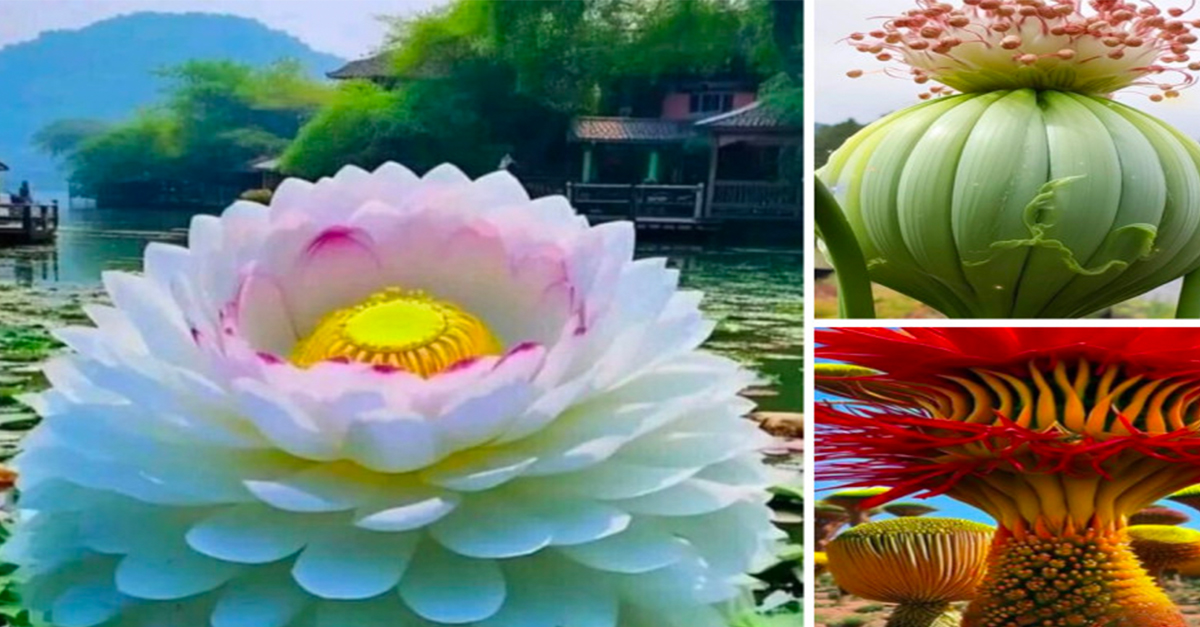The Belgian Blue cow is a controversial animal due to its eccentric history marked by genetic modification and physical appearance. Also known as Race de la Moyenne et Haute Belgique, Belgian Blue-White, Belgian White, and Belgian White Blue, this cow breed is defined by its massive and muscular body.

This breed is suitable for farmers who want to obtain large quantities of meat of superior quality.
In this article, we will present the history of the Belgian Blue cow, the way it should be raised and maintained, but also the less pleasant parts such as the difficulties encountered in raising this breed as well as its health problems.
Origin & History
The Belgian Blue cow’s history begins in the 19th century when in the center and in the upper part of Belgium, farmers began to develop a special breed of cows. The farmers crossed the local breeds with the English breed of cattle called Shorthorn and with the French breed of cattle called Charolais. The Belgian Blue cow from those times was raised by Belgian farmers for its milk and meat.

In 1950, the work of Belgian farmers was continued and improved by Hanset. Professor at the center of artificial insemination in the province of Liège, Hanset succeeded after many attempts to create the modern breed of Belgian Blue cow. This accomplishment was made possible by the repeated breeding of the animal until the characteristic genetic mutation was fixed in the Belgian Blue breed as its property. The fixed genetic mutation of this genetically modified cow breed is the increased muscle development in some areas of the body as the hips, back, and shoulders.
Belgian Blue cows have on average up to 20% more muscles than beef cattle.
In 1978, the Belgian Blue cow spread outside of Belgium, reaching the United States of America. It was introduced to America that year by Nick Tutt, a Canadian farmer who had emigrated to Texas. After that year, this breed was exported to many parts of the world.
Currently, the Belgian Blue cow is presented in 24 countries from Europe, America, Africa, and Oceania. In 2022, 10 of the 24 countries reported their Belgian Blue cow population, which was 107,875.
Belgian Blue Cow – Characteristics
The Belgian Blue cow is a peaceful, calm, and quiet animal despite its absolutely terrifying appearance that is characterized mainly by its huge size and extremely pronounced muscles. The highly developed musculature comes from the mutation suffered in 1978. Then the myostatin gene of this breed of cows was modified.

Myostatin is a protein responsible for inhibiting muscle development. Muscle growth accelerates because the myostatin gene no longer functions normally and can no longer inhibit muscle growth after a certain period. This process of accelerating muscle growth is called hyperplasia.
This genetic modification has not only influenced muscle development, but also fat deposition so that the Belgian Blue cow has a small percentage of body fat.
Furthermore, the genetic modification also affects the fetus from the first months of pregnancy, more specifically from the embryonic stage. A Belgian Blue calf is twice as heavy as a normal calf at birth.
Returning to the appearance of the Belgian Blue cow, it has a rounded body, strong legs, and smooth skin. It can be found in colors such as white, roan blue, and black.
The weight of a Belgian Blue cow varies between sexes. A Belgian Blue bull can reach a weight of 2,645-2,866 lbs (1,200-1,300 kg) and a height of 4,85 ft (148 cm), while females can weigh up to 1,643-1,763 lbs(750-800 kg) and reach a height of 4,33 ft (132 cm).
As for the calves, a male calf can weigh up to 103 lbs (47 kg) at birth, while a female calf can have a weight of around 97 lbs (44 kg).
Breeding Issues
From the point of view of reproduction, this breed of cows has several problems. The first is that Belgian Blue cows suffer from a defect called dystocia. They cannot give birth to calves naturally because they have a narrower birth canal. That’s why Belgian Blue cows only give birth by cesarean section. Cesarean section procedures that influenced the continuation of the birth of double-muscled calves appeared in the 1950s. In general, a Belgian Blue cow can endure around 5-6 births throughout their life.

A second problem that affects the reproduction of the Belgian Blue breed is present in the male. The Belgian Blue bull has a testicular weight and a smaller amount of sperm than other cattle. Also, the quality of the sperm is not very good. But, compared to the problem of females, the bulls’ condition is much more insignificant.
Health Problems
Belgian Blue cows have some health problems characteristic of their breed. These diseases are present both in adult cows and in calves.

Belgian Blue calves can sometimes suffer from a disease called macroglossia which is the swelling or over-extension of the tongue. This malformation will prevent the calf’s ability to feed itself, and as a consequence, it will not survive very long.
Another disease specific to calves is the so-called prognathism, which also affects their feeding. Prognathism is characterized by a shorter upper jaw and a longer mandible. Belgian Blue calves are also more prone than other cattle to laryngitis and bronchopneumonia and are at risk of dying shortly after birth.
Both calves and adult Belgian Blue cows can suffer from heart problems that decrease the chances of survival.
Furthermore, due to their massive body, Belgian Blue cows have limb problems, especially with joints that tend to become stiff, causing difficulty in lifting. The disease cannot be prevented because it develops during the second stage of pregnancy when the fetus does not have enough space to move due to its larger size.





